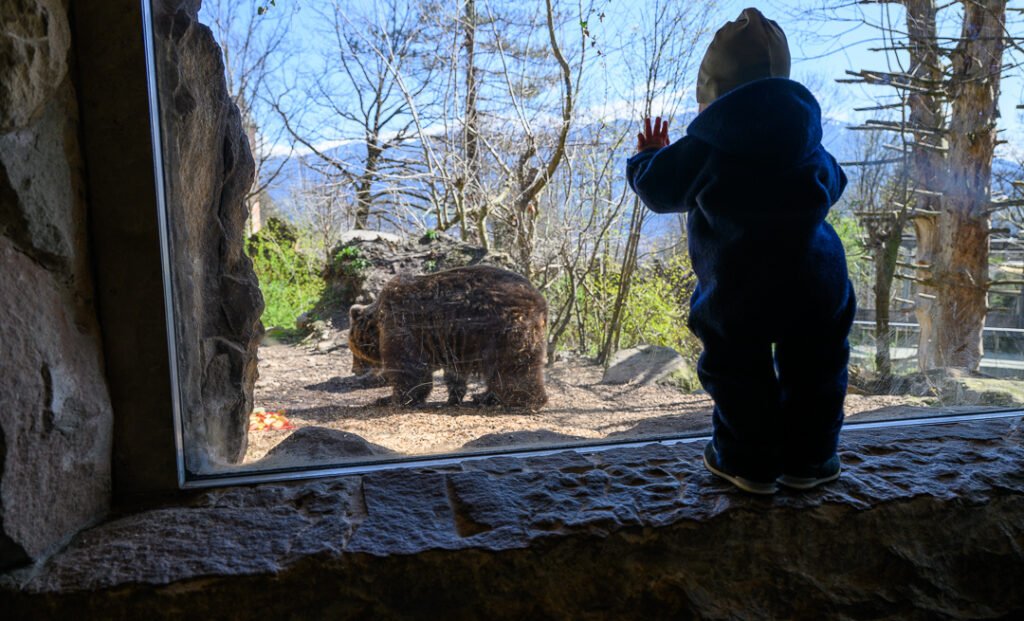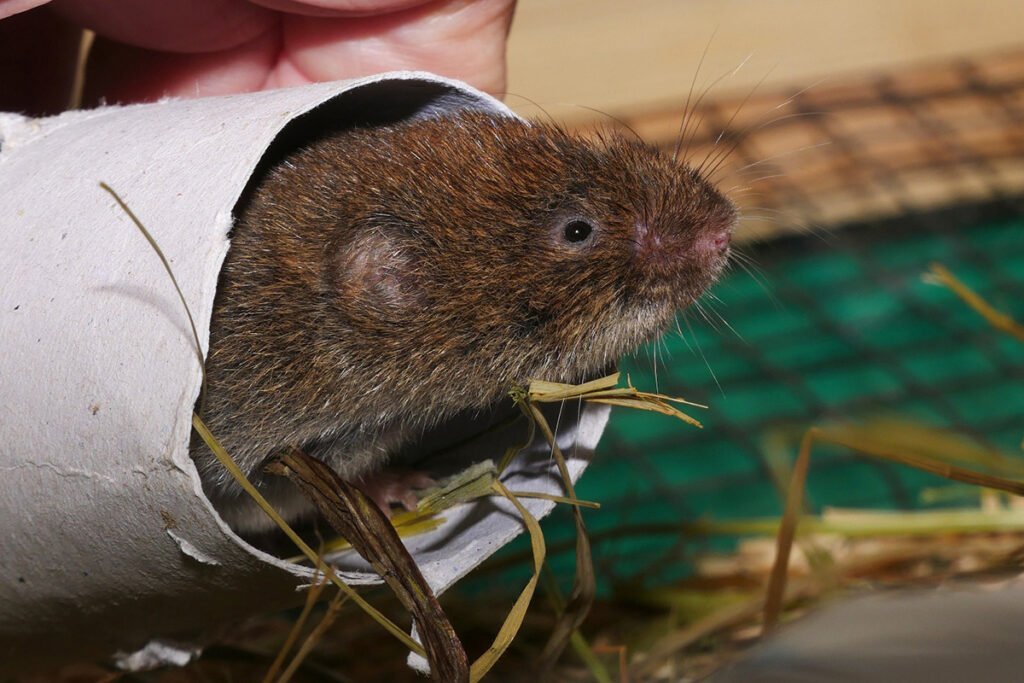Nestled on the slopes above Innsbruck, Austria, the Alpenzoo Innsbruck offers a unique opportunity to explore the diverse wildlife of the Alpine region. As one of Europe’s highest zoos, it combines stunning mountain scenery with educational exhibits, making it a must-visit destination for families, nature enthusiasts, and travelers curious about alpine ecosystems. With over 2,000 animals representing more than 150 species, the Alpenzoo provides both entertainment and learning in a breathtaking setting.
A Glimpse into History
Alpenzoo Innsbruck was founded in 1962 by Dr. Hans Peter, a passionate zoologist who wanted to create a space to showcase the unique fauna of the Alps while promoting conservation and environmental awareness. Over the decades, it has grown into a world-renowned institution, combining scientific research, animal care, and public education. Today, the zoo is not just a tourist attraction—it is an important center for Alpine wildlife preservation.
Exploring the Zoo: Animals and Exhibits
Alpenzoo Innsbruck focuses on species native to the Alpine region, giving visitors a close-up view of animals that are adapted to high-altitude life. Among the most popular residents are ibexes, chamois, and marmots, which can be seen navigating naturalistic enclosures designed to mimic their mountain habitats. Bird enthusiasts will enjoy the various species of owls, eagles, and Alpine choughs, while the reptile and amphibian sections provide insight into smaller, yet equally fascinating creatures.
One of the zoo’s highlights is the wolf and lynx enclosure, where visitors can observe these elusive predators in a habitat that simulates their natural environment. The bear exhibits are another crowd favorite, offering an educational experience about these powerful mammals and their role in Alpine ecosystems. The zoo also runs seasonal educational programs, guided tours, and feeding demonstrations, allowing visitors to engage actively with the animals and learn about their behavior and conservation needs.

Educational and Conservation Efforts
Alpenzoo Innsbruck places a strong emphasis on education and conservation. Informative panels, interactive displays, and multimedia presentations throughout the zoo teach visitors about the biology, ecology, and conservation status of each species. The zoo participates in breeding programs for endangered Alpine species and collaborates with research institutions to study animal behavior and ecology. By visiting the Alpenzoo, guests not only enjoy a fun outing but also contribute to ongoing conservation efforts.
Visiting Alpenzoo Innsbruck
The zoo is located on the north side of Innsbruck, easily accessible by cable car from the city center or via scenic hiking trails. Its hillside location offers stunning views of the city and the surrounding mountains, making the journey to the zoo as enjoyable as the visit itself.
Visitors should plan at least 2–3 hours to explore the zoo fully, taking time to enjoy the exhibits, observe the animals, and attend scheduled demonstrations or talks. Comfortable shoes, weather-appropriate clothing, and water are recommended, especially for families with young children or those walking from the city center.

Nearby Attractions
While visiting Alpenzoo, travelers can also explore Hungerburg, a charming district with walking trails, cafés, and panoramic viewpoints. The Nordkette Cable Car starts nearby, offering access to hiking, skiing, and other mountain activities. The combination of wildlife, scenic views, and proximity to Innsbruck makes Alpenzoo a perfect addition to a day of sightseeing in the city.
Conclusion
Alpenzoo Innsbruck is more than just a zoo—it is a celebration of Alpine wildlife, education, and conservation. From observing majestic ibexes and playful marmots to learning about the delicate balance of mountain ecosystems, visitors are treated to an enriching and memorable experience. Whether you are traveling with family, a nature enthusiast, or simply seeking a peaceful retreat in the mountains, Alpenzoo Innsbruck offers an unforgettable journey into the heart of the Alps’ natural wonders.





















